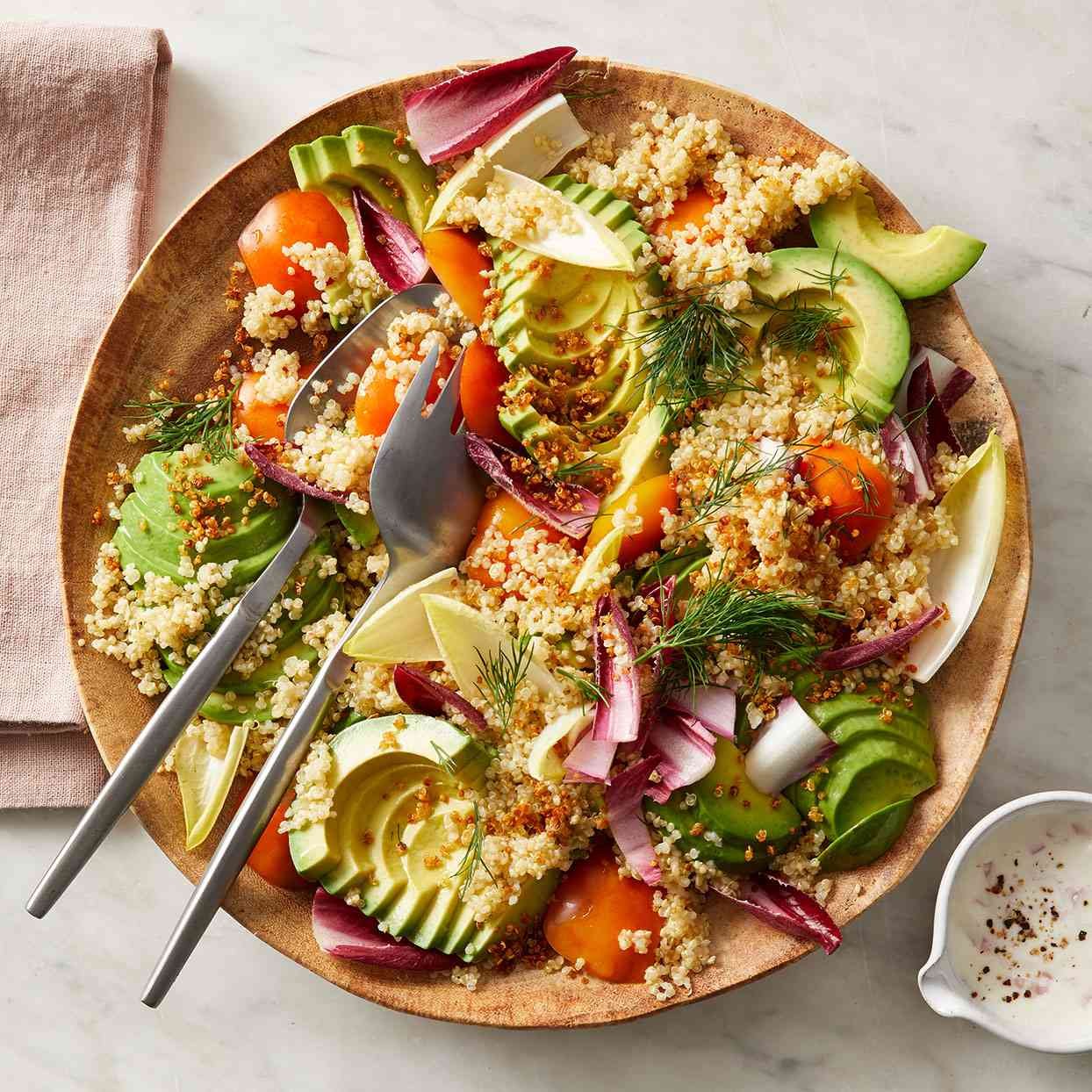How Your Diet Choices Are Impacting Your Health: The Case for Whole Foods
Did you know that about two-thirds of American adults are classified as overweight or obese? That’s roughly 172 million people in 2024 alone. When you factor in that one-third of children are also dealing with similar issues, the numbers are staggering. It’s important to highlight adults here, as they have the most control over their food choices.
But here’s something that really stands out: we often refer to healthy eating as a "diet," when, in reality, it should be the default. So, what’s driving this alarming trend of unhealthy eating? A myriad of factors, including clever marketing tactics from companies that convince us we’re making healthier choices when we might not be.
Consider this: 73% of the food found in typical American grocery stores is classified as ultra-processed. That’s an astonishing statistic! With such a prevalence of these foods, it’s no wonder we’re leading the world in their consumption.
What exactly are ultra-processed foods? They’re industrially formulated substances that bear little resemblance to actual food. So, when we’re surrounded by non-food options, living a fast-paced life where convenience often wins, what can we do?
The answer is simple: simplify. The diet and exercise landscape is cluttered with misinformation, making it easy to get lost in the noise of the latest trends. But the real solution is right in front of us: whole foods.
By focusing on whole foods packed with essential nutrients, you can easily shed the excess sugars and empty calories that aren’t serving your body. Ever grab a quick snack or fast food and find yourself hungry just 15 minutes later? That’s because those options lack the nutrients your body craves, merely triggering dopamine release without providing real sustenance.
Why shortening the distance from farm to table matters.
Shopping for seasonal and locally sourced produce, meats, and grains is not just good for your body; it’s good for the environment too. By prioritizing local foods, you’re reducing your global footprint and supporting sustainable practices.
Whole food swaps can lead to longer-lasting satiety, consistent energy levels, and potentially lower blood sugar levels. That said, I’m not suggesting you eliminate non-whole foods entirely—let’s be realistic. Instead, start by making a few enjoyable swaps and gradually increase the proportion of whole foods in your diet.
After just two weeks of focusing on whole foods, you may notice your cravings for sugar diminish. Foods with added sugars will taste sweeter, and you might find yourself reaching for the natural sweetness of a juicy orange or a tart apple. It may sound surprising, but it’s true!
So, how do you make this transition easier? Planning is key. I know it sounds a bit mundane, but trust me—it’s effective!
Find some recipes: Look for family favorites or new finds from your favorite food bloggers that emphasize whole foods with minimal added sugars. Remember, you can always substitute whole ingredients into your go-to recipes!
Make a grocery list: Whether you prefer pen and paper or a digital app, having a list helps you stay focused while shopping, saving both time and money by avoiding impulse buys.
Invest in quality meal containers: If daily meal prep isn’t your style, try prepping your whole foods by category instead. Use fun, colorful containers that motivate you to meal prep and make reheating easier.
Make it enjoyable: Just like a good DJ can elevate a party, a fun approach to meal prep and shopping can brighten your experience. Choose reusable bags that reflect your style and consider themed meal ideas to keep things exciting.
Embracing whole foods doesn’t have to be a chore. With a little planning and creativity, you can make healthier eating a rewarding part of your lifestyle. So, let’s shift our perspective and make whole foods the norm—because healthy eating should be the default, not the exception.






